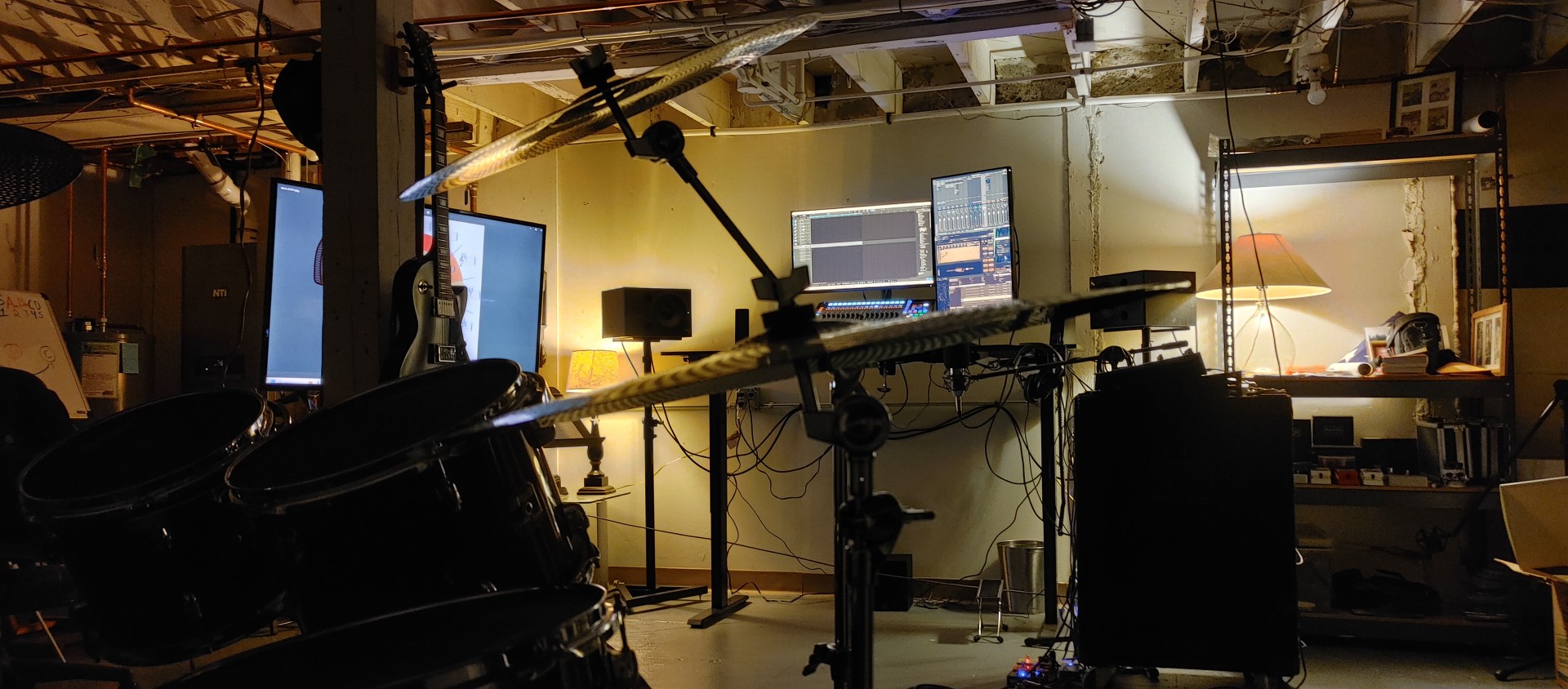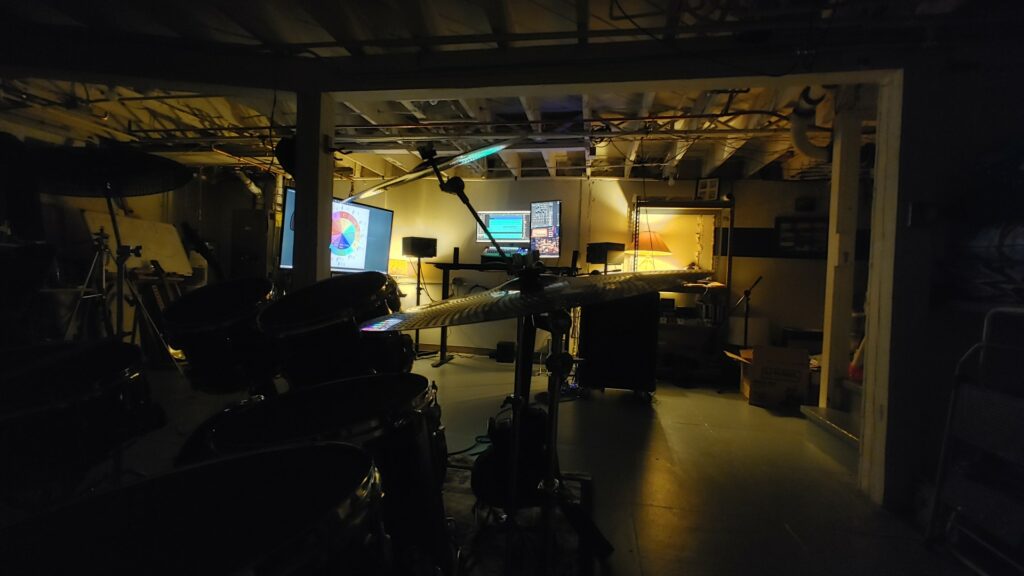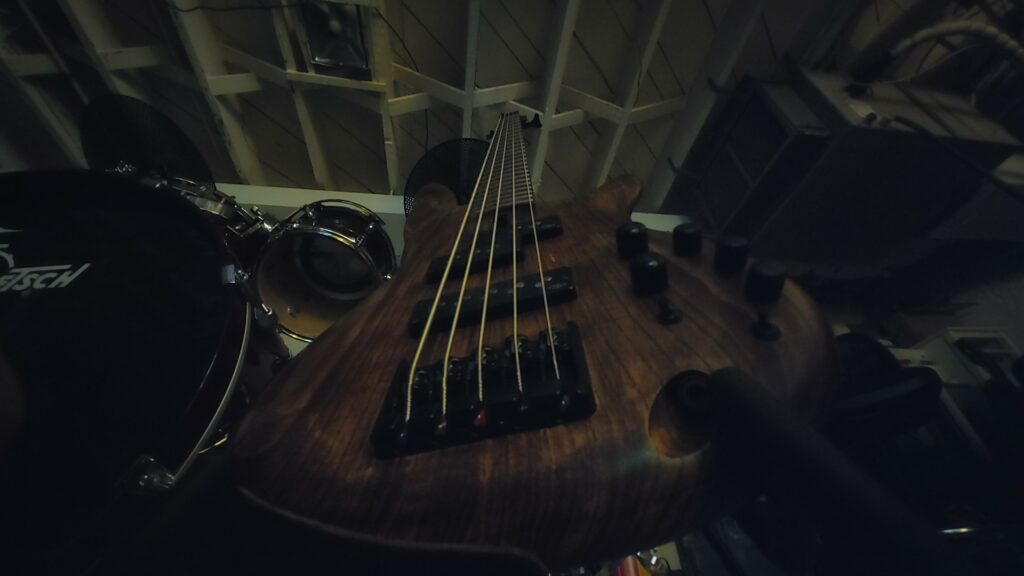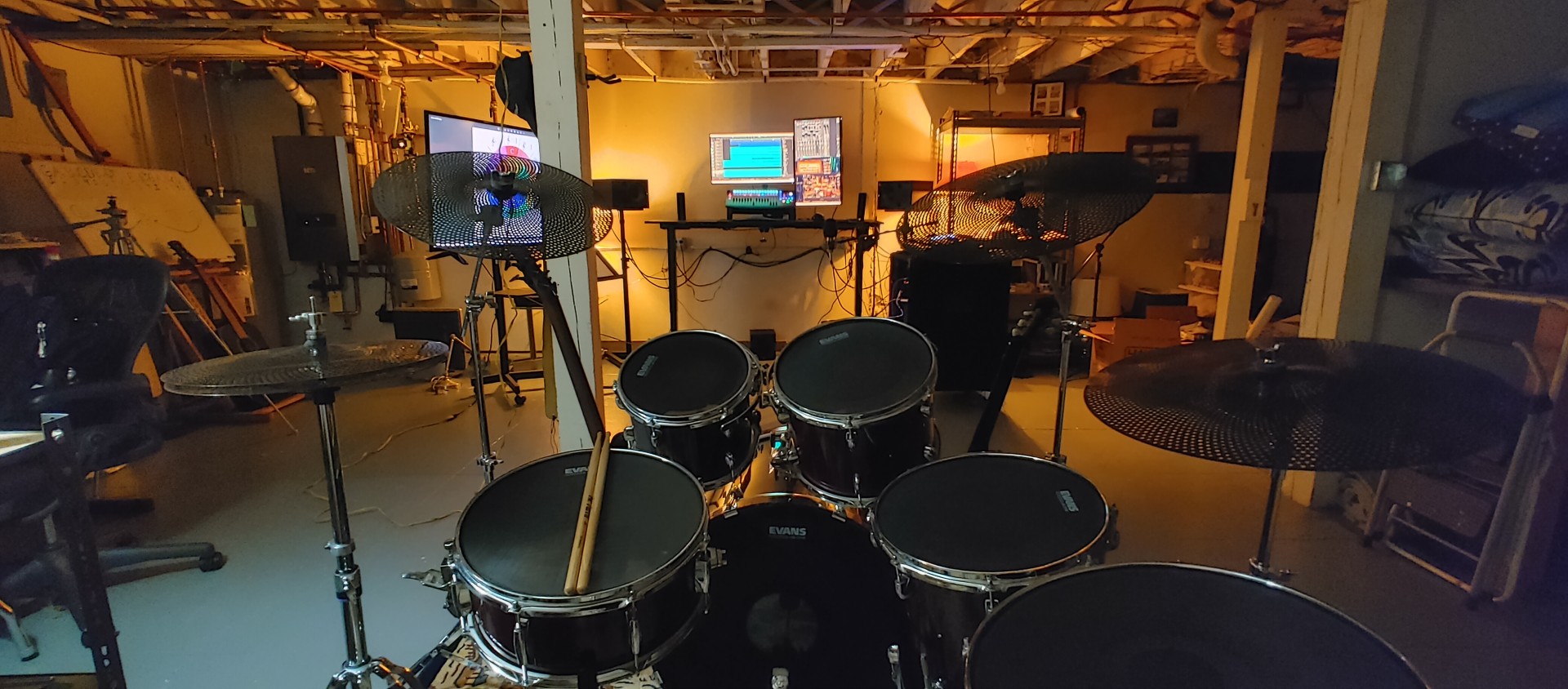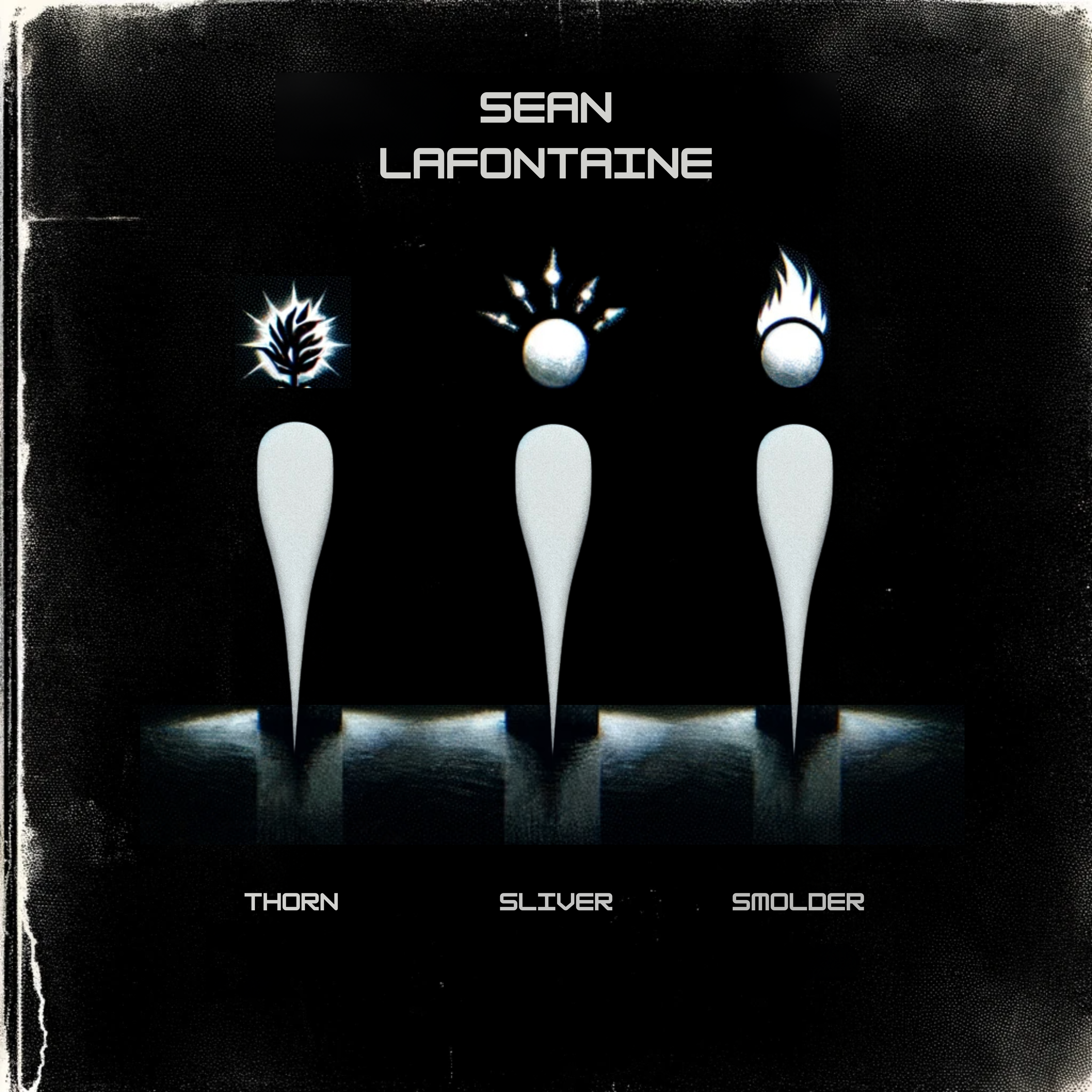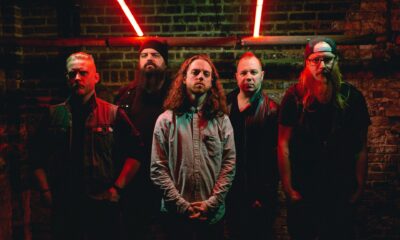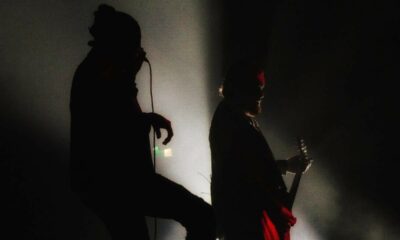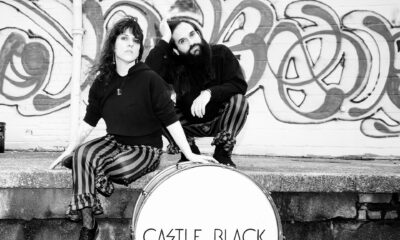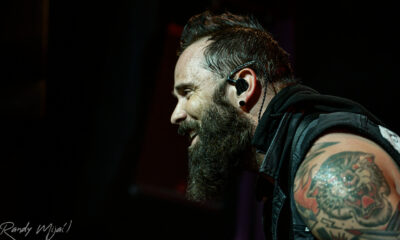Alternative/Rock
Geared Up: Sean Lafontaine Details His Recording Set Up
Guitarist extraordinaire Sean Lafontaine joins us today for a Geared Up interview in which he goes into great detail about his setup.
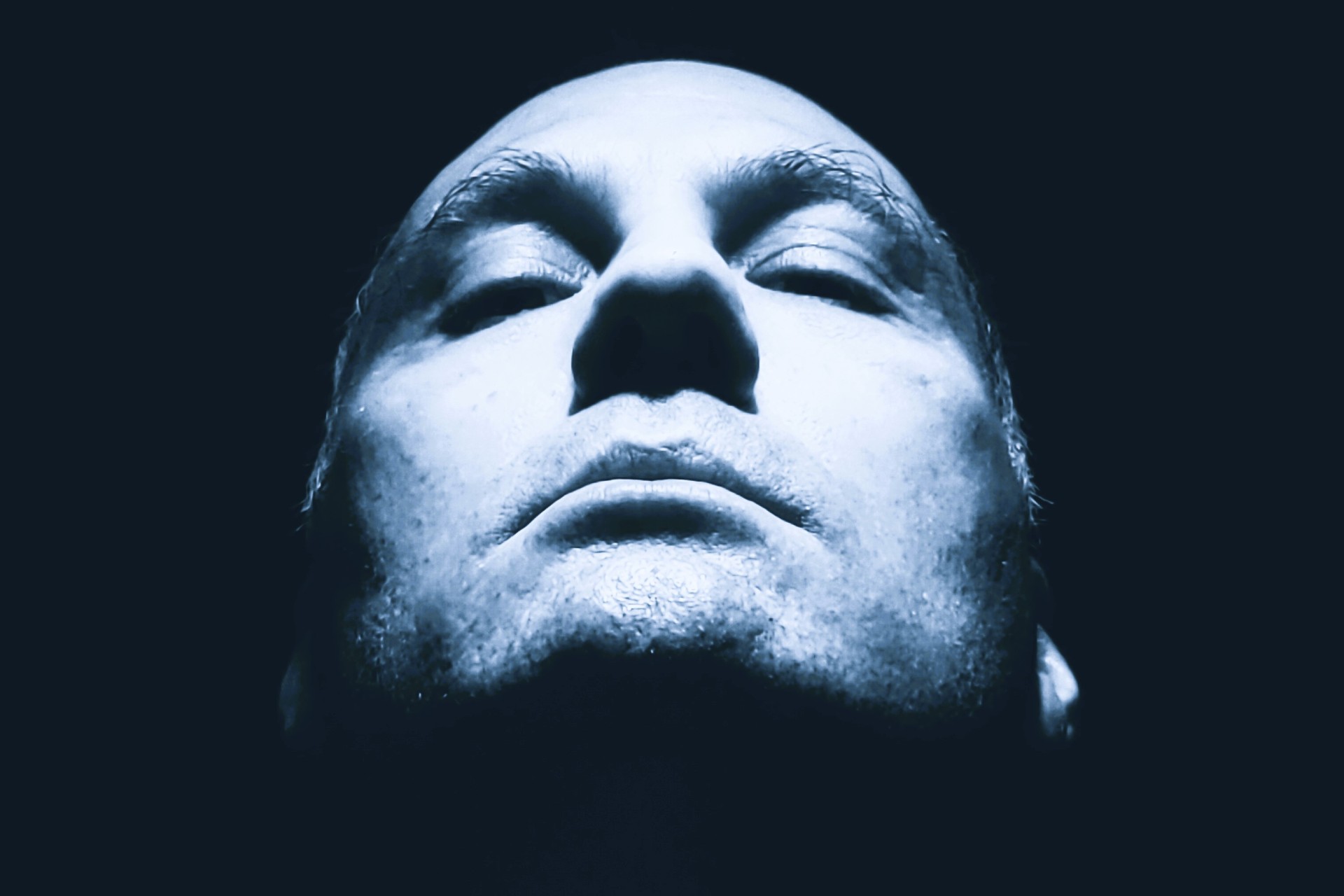
It’s amazing what you can do with a guitar, as is once again illustrated by guitarist Sean Lafontaine. Lafontaine shines in the brightest light on his recently released EP Thorn, Sliver, Smolder, which dropped on March 29th. Over three songs, the instrumental offering is like a stomping ground for the guitarist and his superior abilities. In just three tracks, he serves up a big dose of adrenaline and instrumental excellence that leaves quite an impression.
Rather than words, Lafontaine relies on the raw power of sound to do the talking. You may liken these tracks more to experiences, both immersive and extremely engaging. He produced these songs with considerable attention to detail. There was no detail small enough for him to overlook. Thorn, Sliver, Smolder is truly a distinguished piece of instrumental rock.
For a man who specializes so heavily in his instrument, there was no one better to link up with for a Geared Up chat than Lafontaine himself. Today, he runs us through his gear and his setup in astonishing detail.
First things first. What’s your current setup?
Sean Lafontaine: “Silent recording is the only way that I can get the tones of the instruments that I use. This is also another reason why I do not have vocals besides the fact that I can’t sing (laughs). There are two instruments that you can’t silently record, an acoustic drum kit and vocals.
“Here’s a rundown of my entire setup:
“Computer: The power of the computer is extremely important. I have tried several powerful laptops, Macbook Pro and Windows laptops usually resulting in freeze-ups and poor sound quality. Currently, I am running an Asus ProArt Creator motherboard, 12 gen I7 3.5 GHz. 32GB RAM, 1T storage. The processor works wonders regarding sound quality and no freeze-ups. It handles all sample rates and buffer sizes. Most of the issues the 12-gen i7 and 32GB RAM resolves are the Amp simulation plugins that I use. Amp simulators, the DAW and most plugins are CPU-intensive. It helps that the Asus ProArt Creator motherboard software allows for maximum performance (overclocking) of the CPU. I cannot overstate how important the power of the computer is for silent recording.
“Audio Interface: Focusrite Scarlet 18i8 3rd Gen. I would rather have the rackmount version, but this device has done its job and then some. I haven’t run out of inputs or outputs yet. The preamp is pretty good for vocals but a little weak for the bass. Absolutely no issues with the preamp and guitar. I plug my guitar FX pedals directly into the Focusrite front panel inputs and use the built-in preamp to gain stage the tracks in the DAW. The only time I have had issues with this is when my computer CPU was underpowered.
“DAW/Workstation: Studio One 6 Pro and a PreSonus Faderport 16. Love this DAW and Production Controller. The DAW is user-friendly with tons of excellent sound engineering plugins (EQ, Compressors, Delays, Limiters, etc.). The Faderport 16 has been a game-changer for me regarding recording, mixing and mastering. Simple to use and the controls work seamlessly with the DAW.
Guitar, Amp, FX pedals:
“Guitar: Les Paul Studio.
“Strings: Gadge, 9 to 42.
“FX pedals:
1. Overdrive: Electro-harmonics Soul Food. I find this is cloned close to an original Klon OD. It does the job it is supposed to do, push the tubes.
2. MXR phase 90: I love this pedal! I use it mostly for solo work at high gain. Just gives a different feel.
3. MXR Carbon Copy: Love this analog delay because it is clean and doesn’t change the frequency of the high gain like digital delays tend to do.
“Amp: Currently I am using the lates version of AmpliTube. Again, I can’t stress enough the importance of computer processing power. When I was using laptops, I was not impressed with the sound quality of the AmpliTube amps, cabs, rooms, microphones, etc. But with the processing power that I currently have AmpliTube’s sound quality stunned me at first. Currently, I am using the Orange amp line for high gain and the Fender line for clean tones.
“Bass, Amp, FX pedals, Preamp:
“Bass: Ibanez SD GR 6 string.
“Amp: AmpliTube Orange line.
“FX Pedals: Just use the guitar FX pedals. Mostly the Carbon Copy delay. From time to time, I will use the Soul Food and Phase 90 for playing around. I haven’t found much use for the OD and Phaser yet. I like a clean bass tone.”
“Preamp: ART Two Chanel Tube Microphone Preamplifier.
“I found that the Focusrite audio interface’s preamp was a bit weak for bass as well as thin. I like the ART preamp because it is tube-driven and sounds more natural.”
“Drum Kit: EZDrummer 3.
“I was using MT Power Drumkit for a while. It did the job but I found I was always attempting to tweak the sound of it and could never get what I was looking for. I played around with the free trial of EZDrummer 3 and found that the grooves were much more like a real drummer playing and the sound quality was outstanding.
“Telling the truth, EZDrummer 3’s live drum sound quality and grooves were what set the foundation for Thorn, Sliver, Smolder. While I was working on Thorn using MT Power Drumkit, I hit a wall. I could not get any further. Once I used EZDrummer 3 it opened up a whole other world. Don’t get me wrong, I am not cutting down MT Power Drumkit. It is a great drum sym. I still use it for practice and new ideas.
“Keyboard/Synth: AKAI MPK249. This is a nice little keyboard. I use the drum pads for fills with EZDrummer 3. IK Multimedia SampleTank 4 for synth. Spitfire Audio for orchestra and piano.”
What one piece of gear do you use to obtain your signature sound?
“It is never one piece of gear rather a combination of gear. It is also never one instrument but rather all instruments communicating with one another. Combining all the instruments frequencies and rhythms together is what makes a band’s signature sound not one piece of gear. For me, it is the clean riding bass tone that plays with the drumkit but attempting to be separated but still holding the melody of the song combined with the high gain of the rhythm and lead guitars.
“Guitar: Currently I am using the Amplitube Orange line for my high gain tones. To get the tone that I want, I set the amp gain to break up and then pull it back just a bit. I use that tone for my rhythm guitar. For the lead parts, I use a Soul Food OD pedal and Carbon Copy delay to push the Amp sim tubes to max OD. For added depth, I use the Phase 90 and Carbon Copy delay.
“Bass: Most metal music has little to no bass in the mix. Most rock has little to no bass in the mix as well. I have never really understood that. If you listen to AC/DC or Metallica the bass is in the background and usually follows what the guitars are playing. This has its place, don’t get me wrong. I am not in any way stating that AC/DC and Metallica poor writers. I fucking love both bands. But I just feel like the drums, bass, rhythm guitar, and lead guitar should be communicating with their own voice and should have a different part to play and an equal mix volume. This is not easy to do with the bass. Playing a different part in the communication, if not done correctly, can overpower the rest of the instruments and become extremely difficult to mix the song.
“Drumkit: I like a moving busy drum groove that keeps the song at a steady pace. I am not much for, at this time, a simple drum beat.”
What made you choose all this gear and were there any close seconds or alternatives?
“Guitar: You can have the best amp in the world but without the right guitar you are just not going to get the tone you are looking for. My Gibson Les Paul Studio or ‘Old Faithful’ as I call it, is my go-to guitar. A close second would be a Fender Strat or PRS.
“Bass: I played many bass in the price range and kept coming back to the Ibanez SD DR 6 String. I really liked the feel of the net. The tone is good and tweakable as well. The weight is light and balanced as well.
“EZ Drummer 3: Like I said earlier, the drum software is so close to what a real kit sounds like it was pretty much a game changer for me.”
What about these pieces of gear make them so important to you?
“Guitar: Out of all the instruments I play the guitar is the closest to me. The drums are second and the bass third.
“For this question let’s talk about the guitar. I have been searching for the right guitar since I started playing as a kid. I had always played the Fender Strat, Charvel, Jackson, etc. They came close to the feel I was looking for but here was always something missing. Thin tone, neck, and fretboard didn’t feel right, the action was not quite there. For some reason, I never tried a Gibson Les Paul. I don’t know why.
“Maybe it was the time, the 1980s and 1990s when all the bands were using Ibanez, Jacksons, Fender Strat, etc. After I lost all my gear due to the recession, I was finally able to purchase a new guitar. I looked at what all the greats were using, Randy Rhoads, Jimmy Page, etc. and decided to see what a Les Paul had to offer. I played what was in my price range and that was the Les Paul Studio. The feel of the neck was a bit foreign but fit well, the fretboard played nice, the action was there, and the tone, weight, and look just grabbed me. I special ordered it to the colour I wanted, flat black. Just a mean-looking guitar.
“Out of box it played well but not well enough so I set the tension on the neck to the half-step tuning I play in, dropped the action to Gibson’s specs, positioned the pickups to Gibson’s specs and now it plays like a high dollar instrument. I have played Fender Strats since and found that there have been a few USA professionals that I would like to play but they are just too pricy for me at this point. I am very happy with this guitar.”
If you could, or wanted to, what would you tweak or mod?
“Guitar: Soon I will be changing the original pickups to Seymour Duncan JB (SH-4) and Jazz Models (SH-2). The electronics will be rewired to 50s style with a .033 cap at the neck pickup to give a bit higher end and a .015 cap at the bridge pickup. Push-pull pots to coil split both the neck and bridge pickups. This will give every tone from single coil blues tones to heavy high gain metal tones and everything in between.
“Bass: I am not extremely impressed with the pickups in the Ibanez. I may tinker with new electronics at some point. I would also like to get a better preamp and bass FX pedals.
“Drumkit: I have a six-piece Gretch Catalina Mable kit with low volume heads and cymbals. I would love to soundproof my basement studio so I could have a full acoustic kit. My wife and I are looking into soundproofing possibilities. If soundproofing isn’t an option, I would like to trigger the kit and cymbals.
What brand do you usually lean towards when looking up new options?
“Guitars: Gibson, Fender, Martin acoustic.
“Bass: Don’t know enough about it to give a brand other than what I am using currently, Ibanez.
“Petals: MXR and Electro Harmonic but really open to any brand if it works as an extension of my instrument.
“Amps Guitar/Bass: Orange, Marshal, Fendar.
“Drums: Currently using Gretch Catalina Maple.
“Recording equipment: PreSonus, Focusrite.”
What’s your dream setup?
“This is a difficult question because it changes so often with how technology moves. With that said, I would like a home studio set up for any type of recording. Silent recording is limiting. I would like to be able to sing, scream, curse, and play full-out on the drum kit without having to worry about waking up my wife or the neighbourhood. This would also add to my creativity.
“The other piece to would be a full mixing console, compressors, EQs, Limiters, etc. in front of the DAW. I would like to process the instruments before it hits the audio interface. This makes it so much easier to mix and master.”
Destroying instruments on stage: yay or nay?
“That is a big nay! My instruments are way too precious to me to be smashing them up. I take very good care of my equipment because it is A: expensive and B: I am extremely grateful to own it. I see no performance gains by smashing up amps, guitars, keyboards, bass, or drum kits. Although I really enjoy watching Garth Brooks smash two acoustic guitars back-to-back. Watching them explode on stage is awesome (laughs).”
What’s the worst thing you’ve ever done with a musical instrument?
“When the recession hit the U.S. I got caught up in it pretty bad. I had to sell all my recording equipment, amps, pedals, and then finally my Fender Strat. Completely whipped me out. I didn’t have anything left. I even lost all the music I was writing because the recording device, that I was planning on selling, failed and I couldn’t get it back working again to back up the songs. So I had to throw it in the trash. Killed me. Once I bounced back, about seven years later, I vowed to never sell any instruments or recording equipment again. No matter what. So, the worst thing I have ever done with a musical instrument is sell it.”
What setup did you spend the most time idolizing as a kid growing up?
“What all the greats were using. Jimmy Page’s Orange and Marshal amps accompanied by the Gibson Les Paul he played. Jimi Hendrix and the Marshal Fender Strat tones accompanied by the Wawa and fuzz pedal. Stevie Ray Vaughan with the Fender Super Reverb and Fender Strat sound. Eddie Van Halen’s Marshal phase 90 high gain tone. Tony Iommi and how he just used the Marshal amp and Gibson SG to create the iconic heavy metal tone. The list goes on and on.”
What setup do you think serves musicians like yourself the most in the style of music you play?
“Tube amps, without a doubt! What a lot of up-and-coming or new guitarists don’t understand is the difference between distortion and overdrive. Why am I stating this you may ask? Overdrive is a real organic tone that comes from the tube of a tube amp. Overdrive is the tube being heated up to the point of natural distortion. For years, I tried solid-state amps with overdrive pedals or distortion pedals, and I was never satisfied with the tone. It always sounded thin and fake. When I tried a Marshal with a Tube Screamer at high volume I was hooked. At the same time, the guy that allowed me to play his setup explained the difference between tube and solid state, overdrive, and distortion.
“With that said, how can I be shooting down solid state and distortion pedals when I use an amp simulator to produce my sound? What a fucking hypocrite right? I agree 100 percent. Let me say it again. I agree 100 percent. I am a fucking hypocrite at this point, but I have no choice. In order to get the tone I am currently using, with a real live Marshal or Orange amp I would blow the windows out of my house. I have no choice but to use an amp sim for silent recording. All I can say is that I am grateful to Amplitube for recognizing the need for and creating such an excellent product.”
Time for some fun. Give us your best “gear goes wrong” story.
“In the early 2000s, I was writing with a drummer. He had an upstairs, rundown apartment where we were using live equipment and could play as loud as we wanted. I had also been working as a stagehand for a sound and lighting company where I had purchased some used stage monitors and amps. We set them up in his apartment, mic’d the amps, and ran them through the monitors not knowing what the hell we were doing. Then we had pushed the monitors and monitor amps for hours at very high volume. We are going to town on this song we were writing when we both smelt something burning. I look down and one of the monitors was on fire. Yes, I will say it again, ‘The monitor was on fire!’
“I don’t know if the monitor electronics were damaged and that is what caused the fire, or we were just pushing it too hard. Didn’t matter, the monitor was on fire! By the way, I would like to point out that we were also smashed. We had been drinking and smoking all day. So, we’re stumbling, tripping, and falling over the gear, one another, and ourselves trying to shut the amps off and put out the fire when we kicked one of the mics and it fell directly on one of the working monitor speakers causing massive feedback. Remember we were at a very high volume.
“So now we are stumbling, tripping, screaming, and falling around trying to get the feedback to stop. The feedback was so loud that we were screaming at the top of our lungs but couldn’t hear a thing we were saying to one another. Finally, my drummer dives over the monitors to get to the monitor amps and powers them off. At this point, we had forgotten about the fire.
“Straight up relieved that sound was gone we sat there for a few moments catching our breath, holding our ears, and laughing when we realized the fire was still going. Now it is a mad drunken/smashed dash to get something to put out the fire. We both grabbed the closest thing to us, beer and poured it on the monitor. Let’s just say that the speaker and the cab didn’t work anymore. So, what did we do? Well, what any smashed musician would do. Grab a fresh beer, take a toke, disconnect the damaged monitor, turn the amps back on and keep jamming! After all, the show must go on.”
-
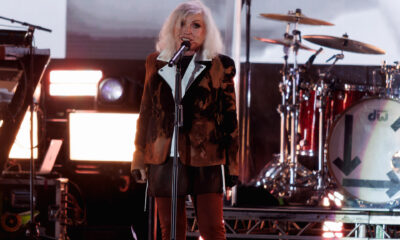
 Alternative/Rock2 days ago
Alternative/Rock2 days agoIconic New Wave Punks Blondie Kick Off a Spectacular Summer Line-up at The Piece Hall in Halifax [Photos]
-

 Indie3 days ago
Indie3 days agoIndie Legends James Put on Unmissable Show at Leeds First Direct Arena [Photos]
-
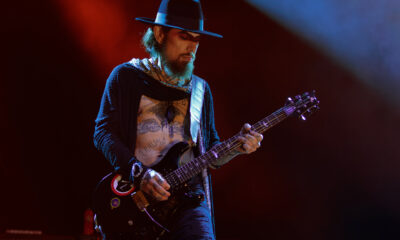
 Alternative/Rock2 weeks ago
Alternative/Rock2 weeks agoClassic Jane’s Addiction Line-Up Captivates Sold-Out Manchester O2 Apollo [Photos]
-

 Alternative/Rock1 day ago
Alternative/Rock1 day agoThe V13 Fix #016 w/Foreign Hands, Earthtone9, Wage War & More
-
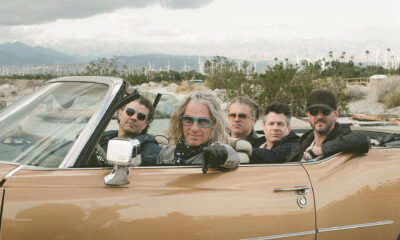
 Alternative/Rock2 weeks ago
Alternative/Rock2 weeks agoCollective Soul: “In an era where everybody in the industry is telling us not to do a double record, we were tired of hearing that…”
-

 Features2 weeks ago
Features2 weeks agoThirteen Bands You Need to See at… Download Festival
-

 Essays & Editorials2 days ago
Essays & Editorials2 days agoVerse & Vision: John Carroll on the Craft and Challenges of Publishing
-
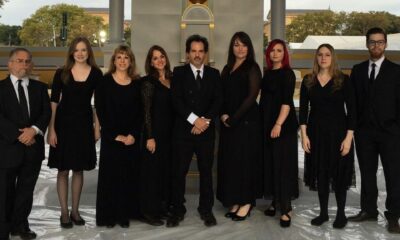
 Classical4 days ago
Classical4 days agoThe Divine Hand Ensemble Premiere Juicy “Peaches En Regalia” Music Video


